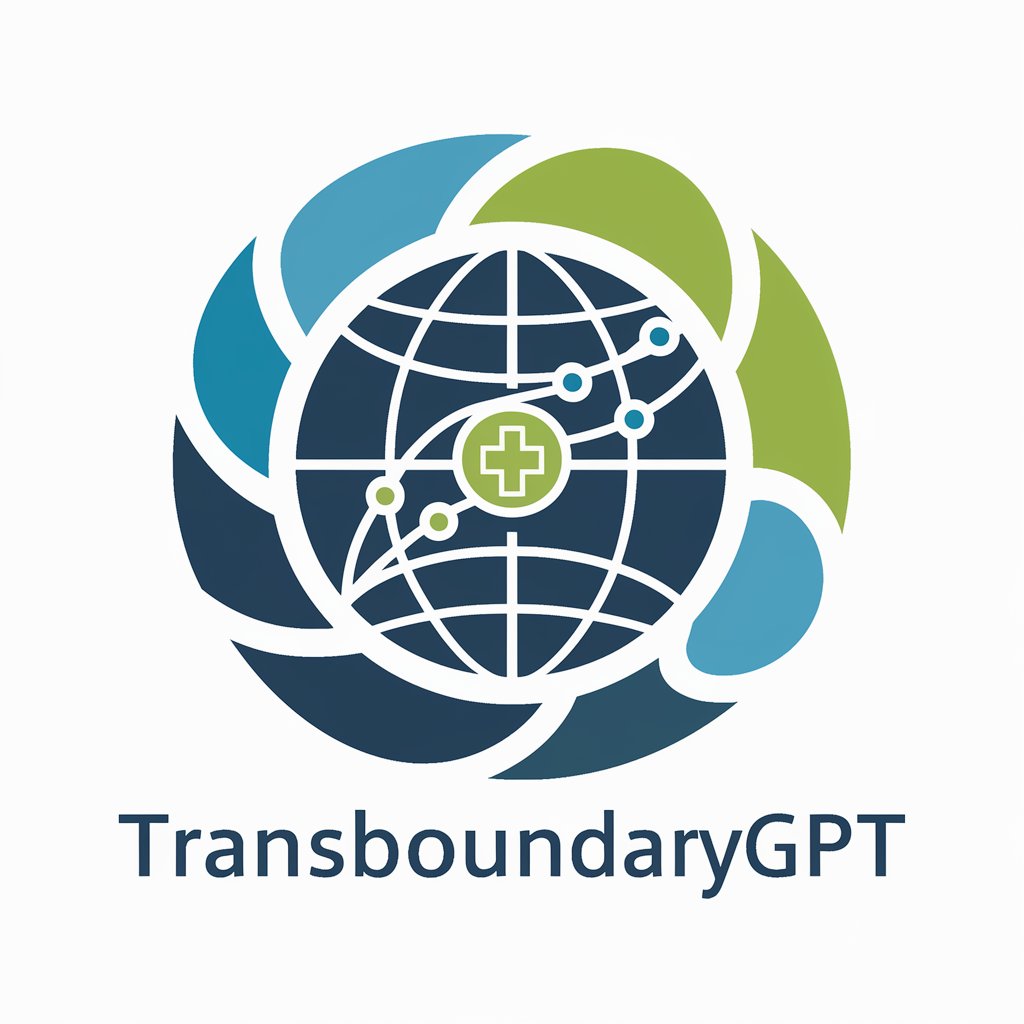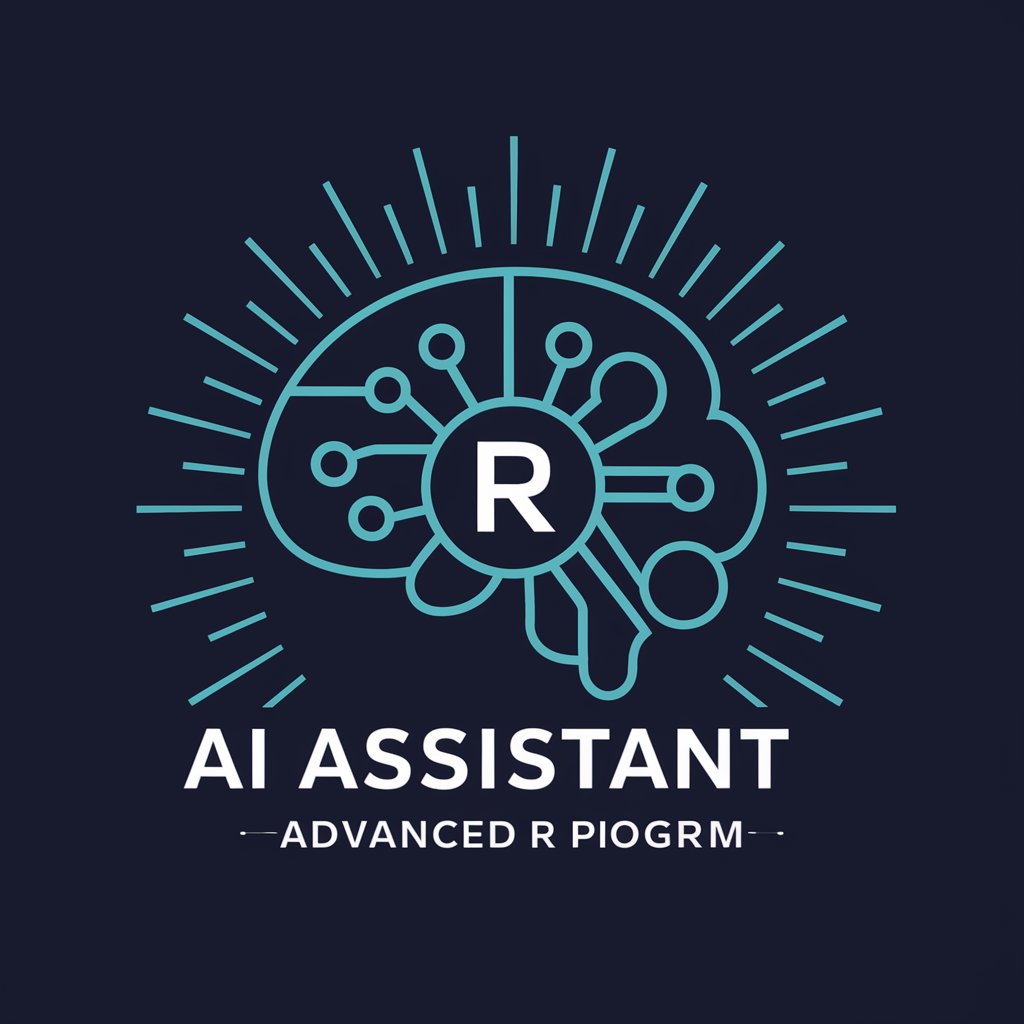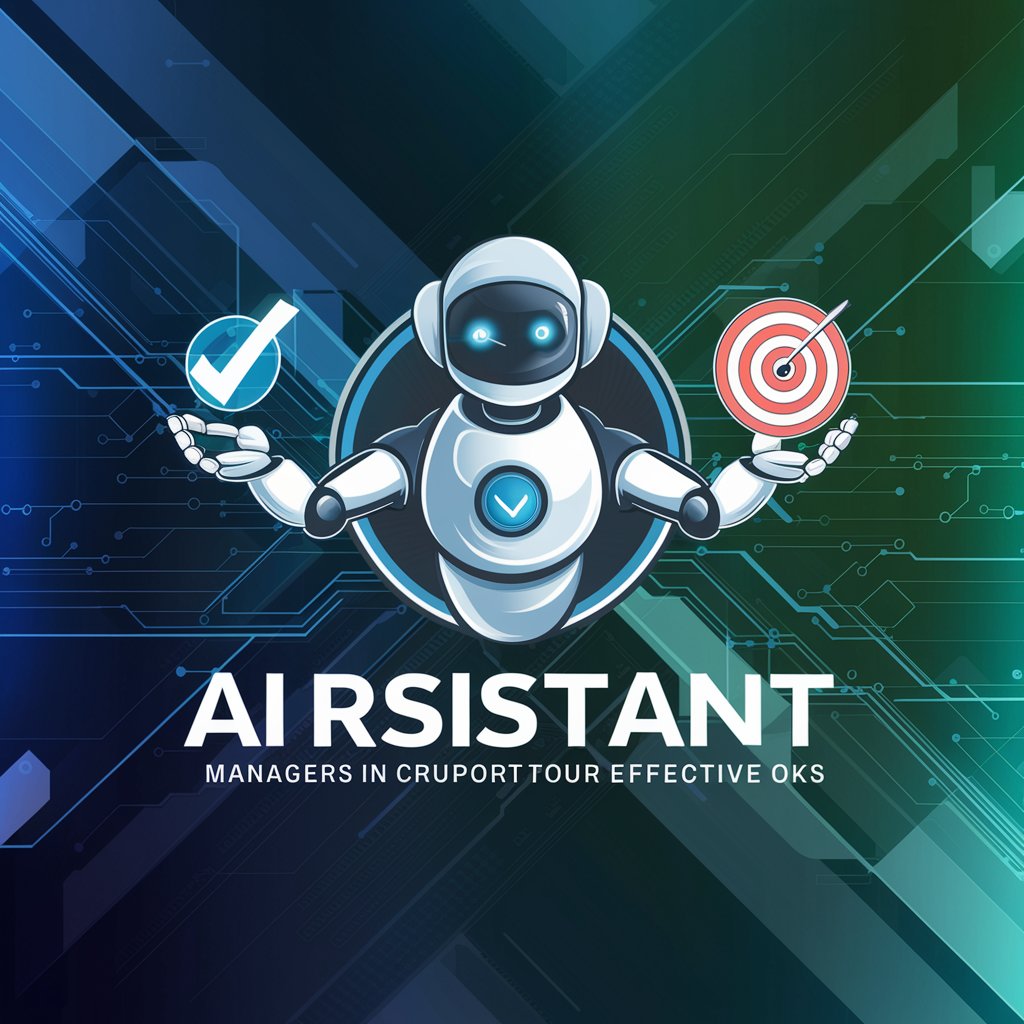TransboundaryGPT - Innovative PM Analysis Tool

Welcome to TransboundaryGPT, your resource for PM health impact insights.
Unlocking Insights into Particulate Matter's Health Effects
Analyze the health effects of PM2.5 originating from industrial areas.
Compare the toxicity of particulate matter from different jurisdictions.
Explore the economic impacts of air pollution on public health.
Investigate how atmospheric models can predict PM dispersion and health outcomes.
Get Embed Code
Introduction to TransboundaryGPT
TransboundaryGPT is a specialized version of the ChatGPT model, tailored to provide in-depth information and analyses on the health impacts of particulate matter (PM) across different jurisdictions. Designed with a focus on environmental health research, it aims to assist economists and public health researchers by delivering precise and detailed information derived from a specific research document. TransboundaryGPT is capable of highlighting innovative research methodologies, such as unique approaches to analyzing PM toxicity and the development of a flexible, pollutant-by-pollutant model. An example scenario where TransboundaryGPT's capabilities could be demonstrated includes analyzing the cross-border health effects of air pollution in a particular region, providing researchers with a nuanced understanding of how pollutants affect populations differently across geographical and political boundaries. Powered by ChatGPT-4o。

Main Functions of TransboundaryGPT
Detailed Analysis of PM Toxicity
Example
Providing insights into the differential toxicity of particulate matter based on its chemical composition and source.
Scenario
Researchers investigating the health impacts of wildfire smoke versus urban air pollution can use TransboundaryGPT to understand the variance in health outcomes.
Flexible Pollutant-by-Pollutant Model Explanation
Example
Explaining the developed model that allows for pollutant-specific analysis, facilitating more accurate public health impact assessments.
Scenario
Public health officials designing targeted interventions for air quality improvement can utilize TransboundaryGPT's explanations of pollutant-specific models to tailor their strategies.
Broader Implications Discussion
Example
Discussing the implications of the research findings within the fields of environmental economics, data science, and public health.
Scenario
Policy makers evaluating the economic benefits of reducing air pollution can leverage TransboundaryGPT's ability to relate research findings to broader economic and health outcomes.
Ideal Users of TransboundaryGPT Services
Economists and Environmental Researchers
Individuals focusing on the economic impacts of environmental policies, especially those related to air quality and public health. They benefit from TransboundaryGPT's detailed analysis and innovative approach to understanding the health effects of particulate matter across jurisdictions.
Public Health Researchers and Officials
This group includes researchers studying the health impacts of environmental pollutants and public health officials responsible for creating and implementing policies to protect public health from air pollution. They benefit from the pollutant-by-pollutant analysis and insights into differential toxicity provided by TransboundaryGPT.
Data Scientists in Environmental Health
Data scientists working in the intersection of environmental science and public health can use TransboundaryGPT to explore novel methodologies in data analysis and modeling of air pollution's health impacts, leveraging the model's detailed insights and innovative approaches.

Guidelines for Using TransboundaryGPT
Start Free Trial
Visit yeschat.ai to begin a free trial without the need for login or ChatGPT Plus.
Understand Purpose
Familiarize yourself with TransboundaryGPT's focus on health impacts of particulate matter across jurisdictions, beneficial for economists and public health researchers.
Review Document
Access the TransboundaryGPT document for a deep understanding of its methodology and results related to particulate matter toxicity.
Engage with GPT
Pose specific, detailed queries about the study's innovative approaches and implications in environmental economics, data science, and public health.
Utilize Responsibly
Ensure questions are aligned with the research's scope for precise, accurate information, avoiding speculation or general AI knowledge.
Try other advanced and practical GPTs
Scholarship Assistant
Empowering Scholarship Searches with AI

StateLawGPT
Navigating State Laws with AI

GPT-WhitepaperWizard
Empowering blockchain innovation with AI-driven insights.

DoctorGPT
Empowering healthcare with AI insights.

Socrates
Empowering exploration through questions.

MartinsGPT - R Programmer
Empowering your R coding journey with AI

PM Buddy
Empowering Product Management with AI

HireMinded: Your Personal AI Career Coach
AI-Powered Career Advancement

Product OKRs Assistant
Empowering Managers with AI-Driven OKR Expertise

Pittsburgh Jazz Radio Info Bot
Discover Pittsburgh's Jazz Scene with AI

Mike from Accounting
Empowering financial decisions with AI

Code Doc Pro
Automate Documentation with AI

Frequently Asked Questions about TransboundaryGPT
What makes TransboundaryGPT's approach to PM toxicity unique?
TransboundaryGPT utilizes a novel method for analyzing particulate matter toxicity that focuses on cross-jurisdictional impacts and introduces a flexible, pollutant-specific model, as detailed in the study.
Can TransboundaryGPT assist in public health research?
Yes, it is designed to provide in-depth information on the health impacts of particulate matter, aiding public health research with its comprehensive analysis of cross-jurisdictional data.
How does TransboundaryGPT benefit economists?
Economists benefit from its detailed analysis of environmental economics, offering insights into the economic impacts of particulate matter pollution across different regions.
Is TransboundaryGPT suitable for data science applications?
Absolutely, it showcases innovative data science techniques in analyzing environmental data, making it a valuable tool for data scientists interested in environmental studies.
Does TransboundaryGPT provide information beyond particulate matter?
TransboundaryGPT focuses primarily on particulate matter and its health impacts, adhering closely to the contents of the provided research document.
